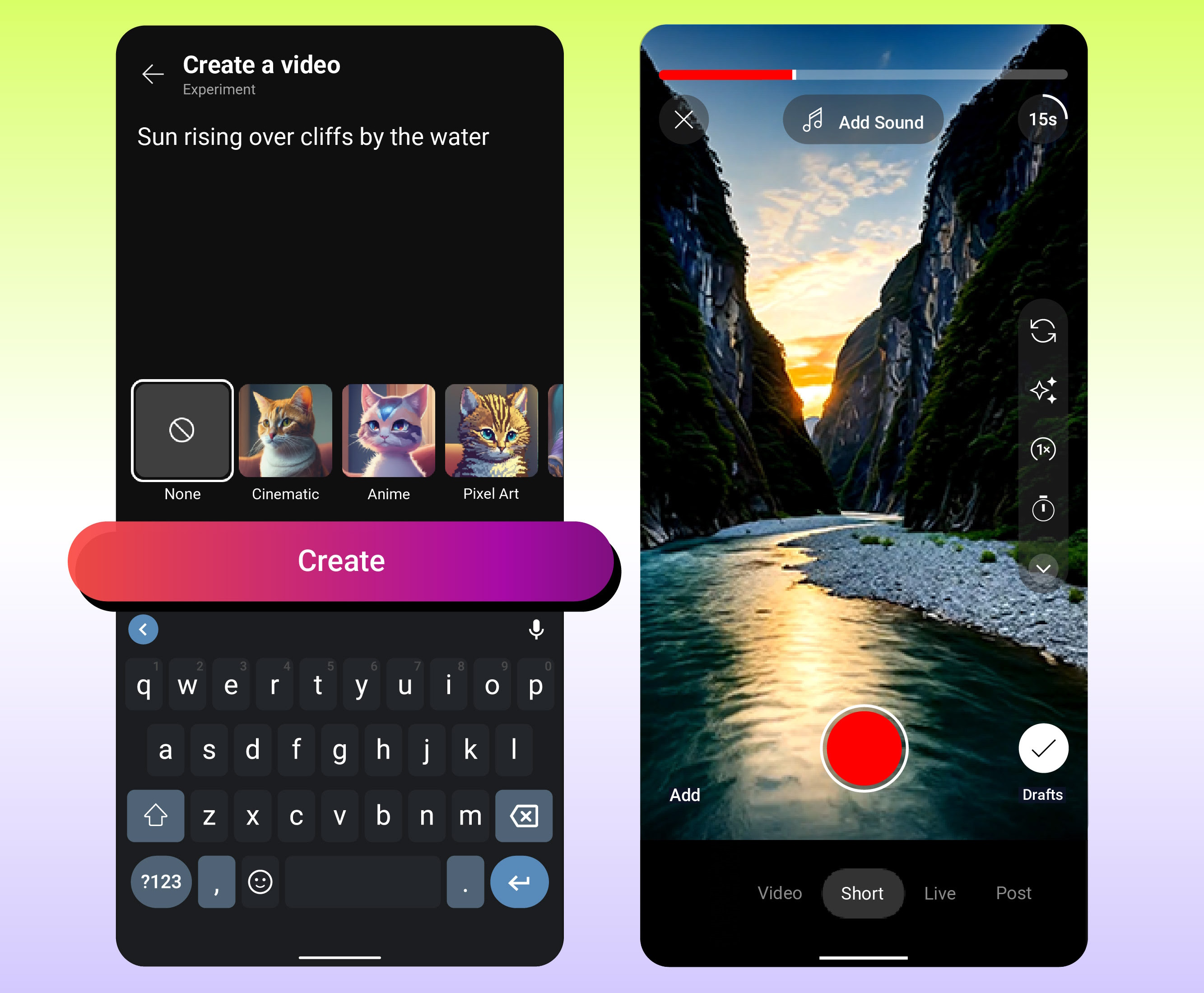YouTube’s new tool produces photorealistic AI video in Shorts!
YouTube may be breaking down the limits to your imagination, allowing you to create whatever you can conceive with artificial intelligence.
A new era for content creation is beginning. Artificial intelligence has already begun changing the way we interact with content. It has both allowed for creation on a scale that was once unimaginable and has sowed doubts as to what we see, believe, and what the future holds for creators.
YouTube‘s latest move is impressive, yet it raises more questions as to what creation means in the future of digital. YouTube are introducing Google DeepMind’s video generation model Veo into YouTube Shorts. Veo is now capable of producing photorealistic imagery.
Veo is being introduced to YouTube in a couple of ways. The first is to help power Dream Screen, their feature that allows Shorts creators to add backgrounds to their content in green-screen fashion. With Veo, creators can get much more imaginative with their backgrounds. This seems to be an empowering addition without too much confusion over what original content is and should be.
Where it begins to get weird is with the second mode of integration for Veo. YouTube are planning a tool that allows AI to produce 6 second video clips that can be used alongside a creator’s content. To what extent this tool will work is yet to be seen.
YouTube rests in a funny place as the world’s biggest video hosting website and therefore the most watched platform in the world. That means they are both at the forefront of publicly uploaded AI content and at risk of losing attention if their viewers and creators jump ship because of an inundation of artificial content.
They have revealed a number of new AI tools this week, many of them seemingly innocent and actually powerful in boosting creators on the platform. AI dubbing allows videos to be dubbed automatically into other languages, whilst their AI powered inspiration tool helps creators come up with original content for their videos like video thumbnails and descriptions.
YouTube have made a number of commitments to manage AI content on their platform. This includes measures to mark content that is artificially generated and powers for figures to report content that imitates them with request for removal.
However, YouTube have also been keen to introduce ways in which their creators can use AI tools that they have generated. The desire seems to be that if creators use in-house tools to generate AI, they can manage how content is produced. Unfortunately, AI content is developing far beyond our ability to hope that we will be able to distinguish and label it forever.
